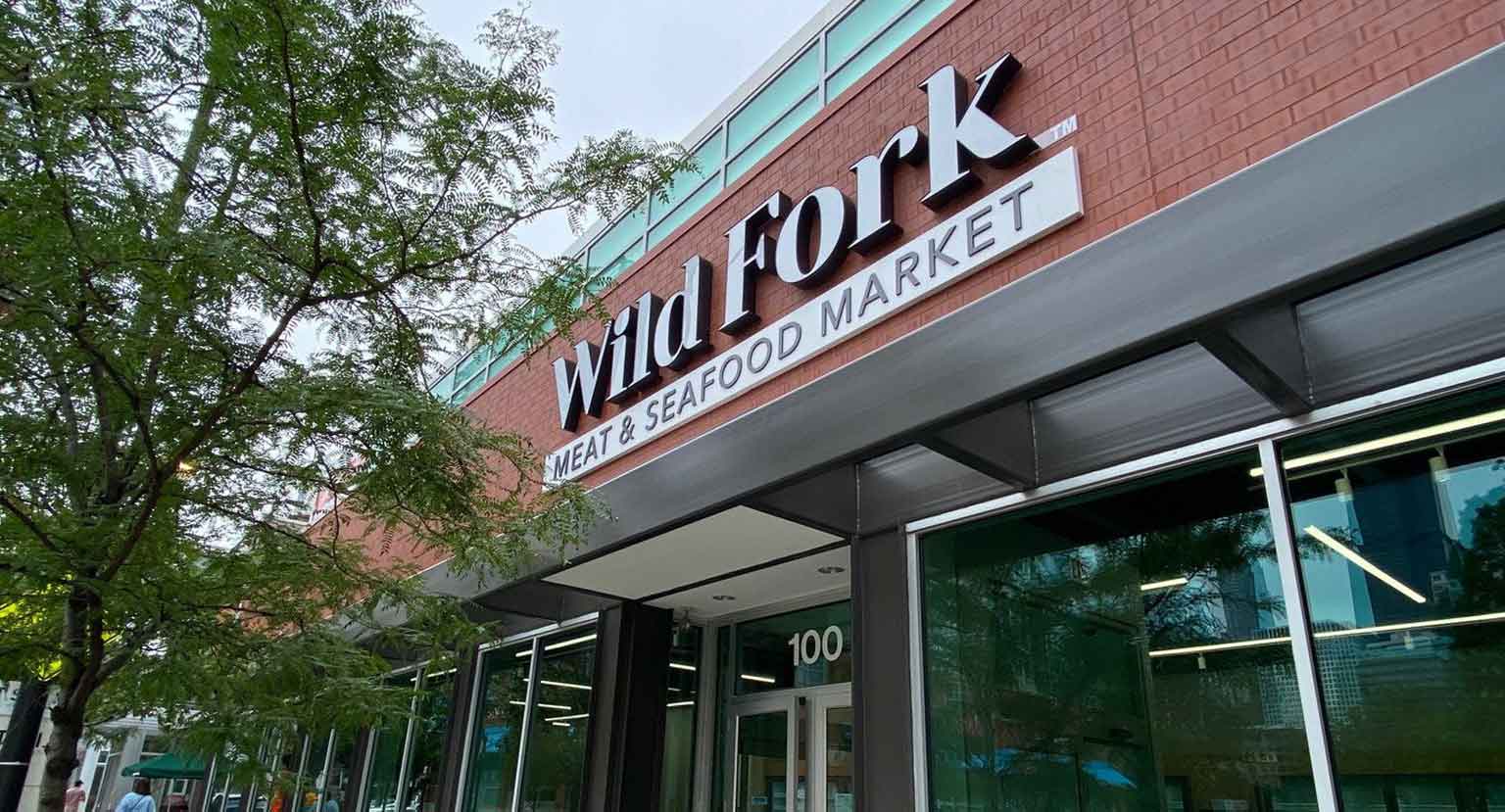

In 2015, JBS bought the US pork business of Cargill Inc. for $575 million in cash by the end of 2014, pending regulatory approval. announced its intention to sell Tyson de México and Tyson do Brasil, its Mexican and Brazilian poultry subsidiaries, to JBS S.A. On May 27, 2014, Pilgrim's Pride Corporation, 75% owned by JBS S.A., made an unsolicited $5.6 billion bid for Hillshire Brands Co. On 9 January 2013, JBS USA acquired the Canadian operations of XL Foods, chiefly the XL Lakeside beef processing plant in Brooks, Alberta which had at the time the capacity to process 4,000 head of cattle per day. JBS had shown interest in the meats business but struggled to push forward with a bid for the entire company. 2011-2016: Expansion, CanaMex acquisitions Īs of 2011, JBS had been trying to bid to gain control of Sara Lee Corporation's meat business. Between 20, JBS received around $2.5 billion in investments from BNDES. In August 2010, it was reported that JBS was considering to sell some of the eight slaughterhouses it owned in Argentina because of "scarce livestock and export restrictions". The banks JP Morgan Chase and Santander Brasil assisted in the transaction. On September 16, 2009, JBS announced that it had acquired the food operation of Grupo Bertin, one of three Brazilian market leaders, consolidating its position as the largest beef producer in the world. On 31 August 2010 it was announced that the company had acquired 64% of Pilgrim's Pride for a bid of US$800 million, establishing JBS's position in the chicken production industry, but currently the company owns 75.3% of Pilgrim's Pride. The next year, JBS acquired Smithfield Foods' beef business. The acquisition expanded the company's portfolio to include rights to the worldwide use of the Swift brand. With the new acquisition, JBS entered the pork market, to end the year as the third largest producer and processor of this type of meat in the United States. It leads the world in slaughter capacity, at 51.4 thousand head per day, and continues to focus on production operations, processing, and export plants, nationally and internationally. beef and pork processor, renamed as JBS USA. firm Swift & Company, which was the third largest U.S.

In 2007, JBS went through with a US$225m acquisition of U.S. JBS became a publicly held company in 2007, and in the same year received a major investment from BNDES (Brazilian Development Bank). In subsequent years, the company has grown to become the world's largest company in the beef sector with the acquisition of several stores and food companies in Brazil and the world. Over the late 1960s Sobrinho expanded into owning slaughterhouses then, in the 1980s, the company began expanding within Brazil and purchasing other meat processing companies. (The company's name comes from the founder's initials.) Sobrinho's business began to expand when the establishment of Brazil's capital, Brasilia, brought a new market within reach of his ranch. JBS was initially established as a slaughtering business by rancher José Batista Sobrinho, a rancher in Anápolis, Brazil, in 1953. 1.9 2018: United States Department of Agriculture bailout.1.8 2017: Recruitment of safety director, Mexican divestment.1.7 2017: BNDES and bribery investigations.1.4 2011-2016: Expansion, CanaMex acquisitions.For more guidance, see Wikipedia:Translation.You should also add the template to the talk page.A model attribution edit summary is Content in this edit is translated from the existing Portuguese Wikipedia article at ] see its history for attribution. You must provide copyright attribution in the edit summary accompanying your translation by providing an interlanguage link to the source of your translation.If possible, verify the text with references provided in the foreign-language article. Do not translate text that appears unreliable or low-quality.Consider adding a topic to this template: there are already 1,375 articles in the main category, and specifying |topic= will aid in categorization.Machine translation like DeepL or Google Translate is a useful starting point for translations, but translators must revise errors as necessary and confirm that the translation is accurate, rather than simply copy-pasting machine-translated text into the English Wikipedia.View a machine-translated version of the Portuguese article.


 0 kommentar(er)
0 kommentar(er)
